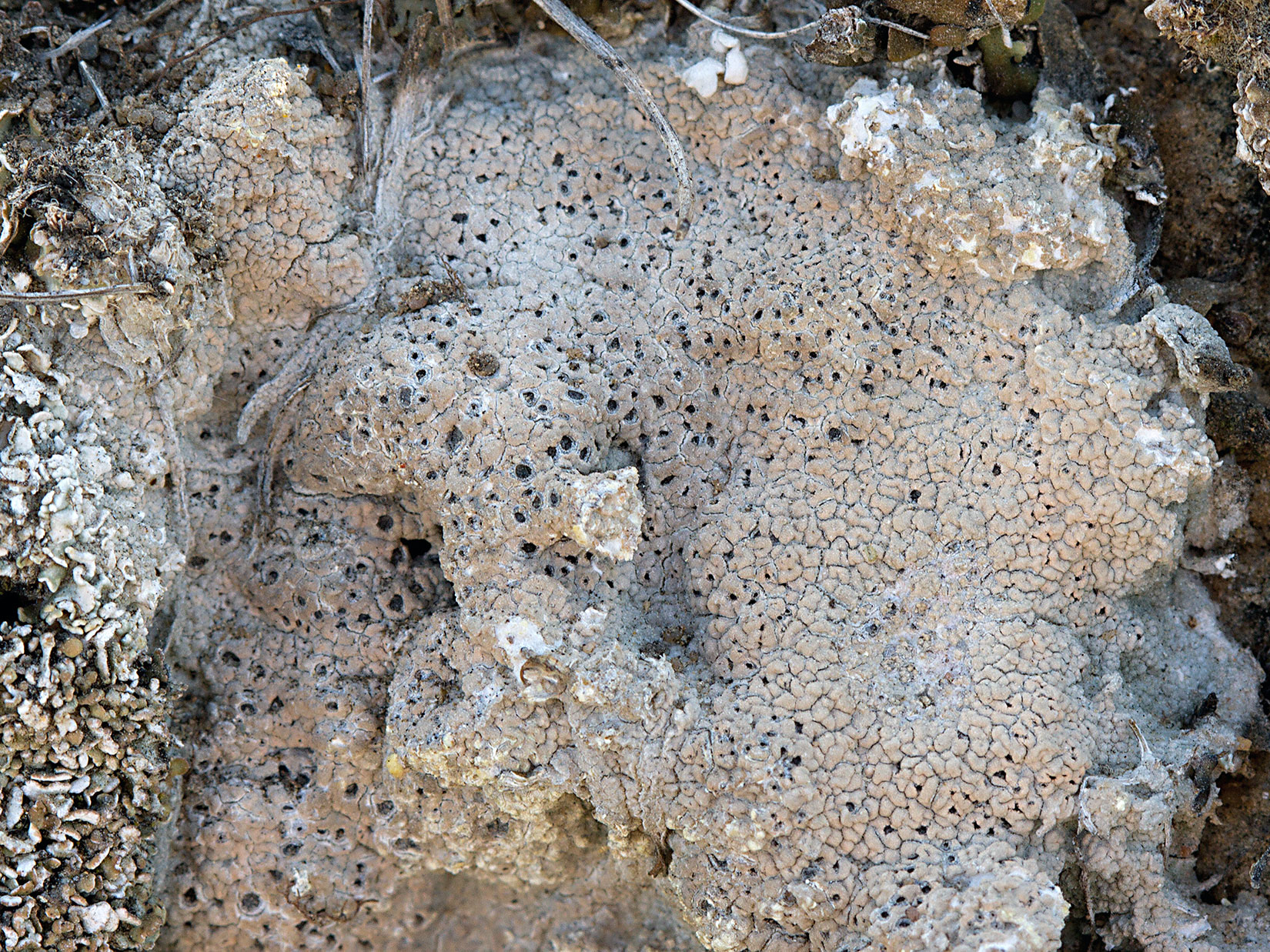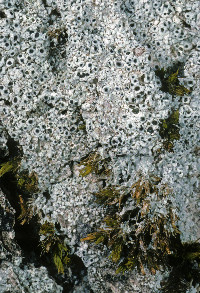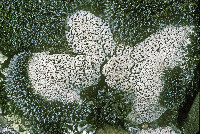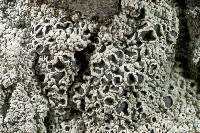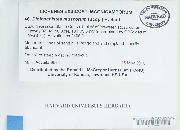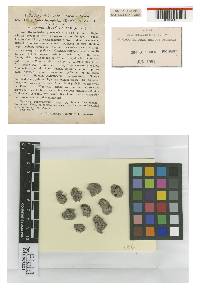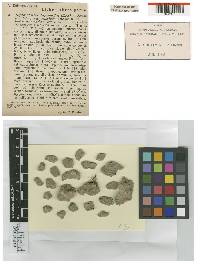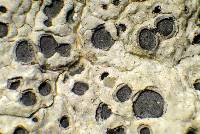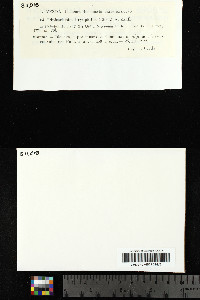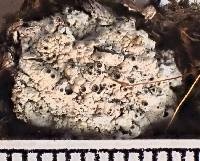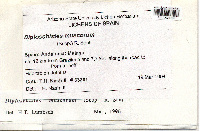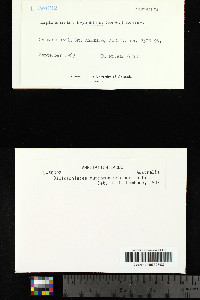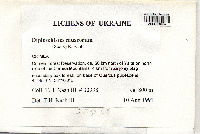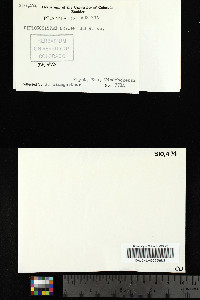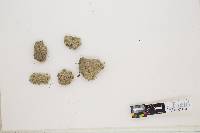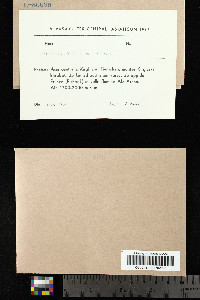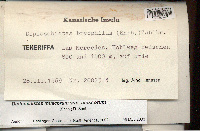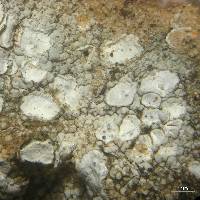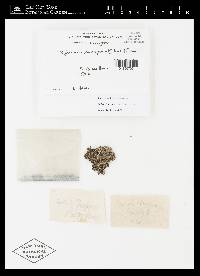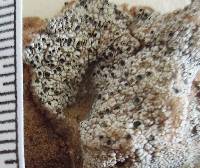
Consortium of Lichen Herbaria
- building a Global Consortium of Bryophytes and Lichens as keystones of cryptobiotic communities -
- Home
- Search
- Images
- Species Checklists
- US States: O-Z >
- US National Parks
- Central America
- South America
- US National Parks
- Southern Subpolar Region
|
|
|
|
Family: Graphidaceae
[Diploschistes bryophilus (Ehrh.) Zahlbr., moreDiploschistes bryophilus f. bryophilus (Ehrh. ex Ach.) Zahlbr., Diploschistes bryophilus f. iridatus (A. Massal.) Lettau, Diploschistes bryophilus f. pachylepis Lettau, Diploschistes bryophilus f. parasitica (Sommerf.) Servít, Diploschistes bryophilus var. bryophilus (Ehrh. ex Ach.) Zahlbr., Diploschistes bryophilus var. klementianus Gyeln., Diploschistes bryophilus var. praematricus Gyeln., Diploschistes bryophilus var. rossica Gyeln., Diploschistes bryophilus var. rossicus Gyeln., Diploschistes lichenicola (Mont.) Vain., Diploschistes muscorum subsp. muscorum , Diploschistes scruposus f. bryophilus (Ehrh.) Oxner, Diploschistes scruposus subsp. muscorum (Scop.) Clauzade & Cl. Roux, Diploschistes scruposus var. bryophilus (Ach.) Müll.Arg., Diploschistes scruposus var. parasiticus (Sommerf.) Zahlbr., Gyalecta bryophila (Ehrh.) Ach., Lecanora scruposa var. parasitica Sommerf., Lichen bryophilus Ehrh., Lichen muscorum Scop., Mellitiosporium lichenicola (Mont. & Fr.) Sacc., Patellaria muscorum (Scop.) Hoffm., Stictis lichenicola Mont. & Fr., Urceolaria bryophila (Ehrh.) Funck, Urceolaria lichenicola (Mont. & Fr.) A. Rich.] |
Nash, T.H., Ryan, B.D., Gries, C., Bungartz, F., (eds.) 2002. Lichen Flora of the Greater Sonoran Desert Region. Vol 1. Thallus: rimose-to verrucose-areolate; areoles: 0.2-0.6 mm in diam., plane to subconvex, thin or thick upper surface: white or whitish gray, rough; shiny or dull, scarcely or abundantly grayish or whitish pruinose Ascomata: urceolate, sessile, slightly pruinose, up to 1.8 mm in diam.; disc: blackish, concave; proper exciple: up to 70 µm thick; hymenium: 80-120 µm high asci: subclavate to cylindrical, 4-spored ascospores: brown, muriform, ellipsoid, 18-32 x 6-15 µm; transverse septa 4-6, longitudinal septa 1-2 per transverse segment Pycnidia: not seen Spot tests: K+ yellow to red, C+ red, KC-, P-, UV- Secondary metabolites: diploschistesic and lecanoric acids (both major) and orsellinic acid (minor). Substrate and ecology: on soil or mosses, juvenile parasitic on Cladonia spp World distribution: cosmopolitan in relatively open habitats in Mediterranean, temperate and polar regions and extending to high altitudes in the tropics Sonoran distribution: common, occurs in the studied area at an elevation of c. 250-4100 m in Arizona, Baja California, California and Chihuahua. Notes: The terricolous or muscicolous Diploschistes muscorum can be identified by the combination of 4-spored asci, juvenile parasitism, and the presence of lecanoric and diploschistesic acids. Similar species include D. diacapsis (distinction see under that species) and D. scruposus. The latter species is a saxicolous and is not lichenicolous. It has an epruinose thallus, (4-) 8-spored asci, and may or may not contain diploschistesic acid. |
|
|
|
Powered by Symbiota

